Day 3 - Lima to Cuzco and Sacred Valley
This morning, we awoke bright and early (i.e.4:30 am) to make our way once again to Lima Airport for our flight to Cuzco.
Cuzco was the capital city of the Incan empire and is nestled in a valley but its elevation is over 11,000 feet making it the highest location of our trip so far, but nowhere near the highest points in the Andes, which reach as high as 23,000 feet. Nonetheless we could feel the effects of the thinner air almost immediately as we walked around.

From the airport, we drove through the city (we’ll be exploring it in more detail 4 days from now) and headed 1,000 feet higher up one of the mountains around the city to the site of some very impressive Incan ruins called Saqsaywama (sounds like "sexy woman" - sort of). Towering above the city, this UNESCO World Heritage site was a defensive fortress constructed with huge boulders that were cut and positioned in place without mortar. How this was accomplished — hauling up the rocks, cutting them, and positioning 10-ton rocks in place — is still a mystery.

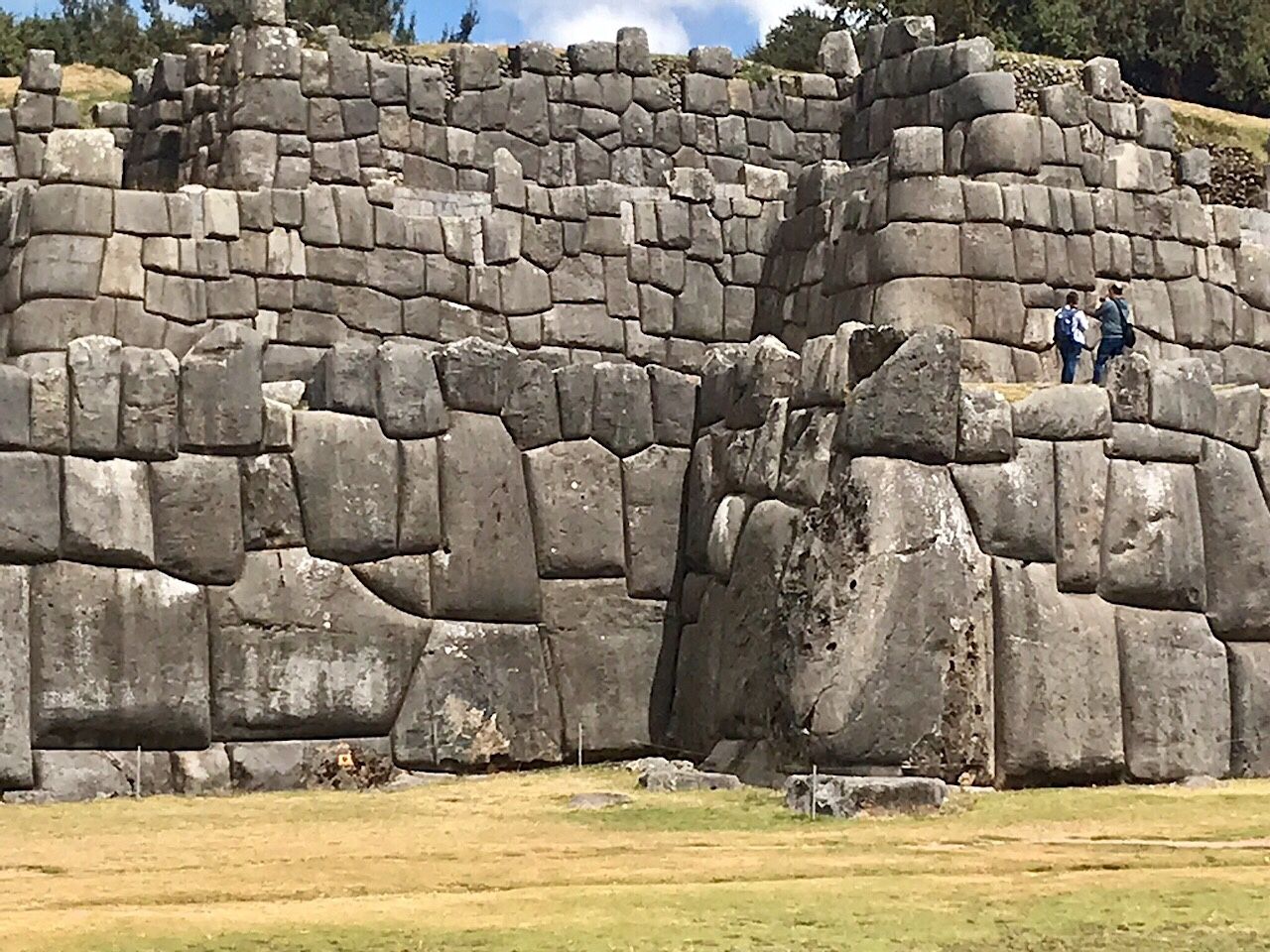

Saqsaywama was a place where the residents of Cuzco could flee to if the city were under attack. It actually has 3 concentric walls in a zigzag pattern like a lightning bolt, and represents a first sample of the Incan genius in designing and building that we will be seeing in the next few days of our trip. In recent years past, many churches and other construction sites were actually allowed to haul away some stones and use for there own purposes.

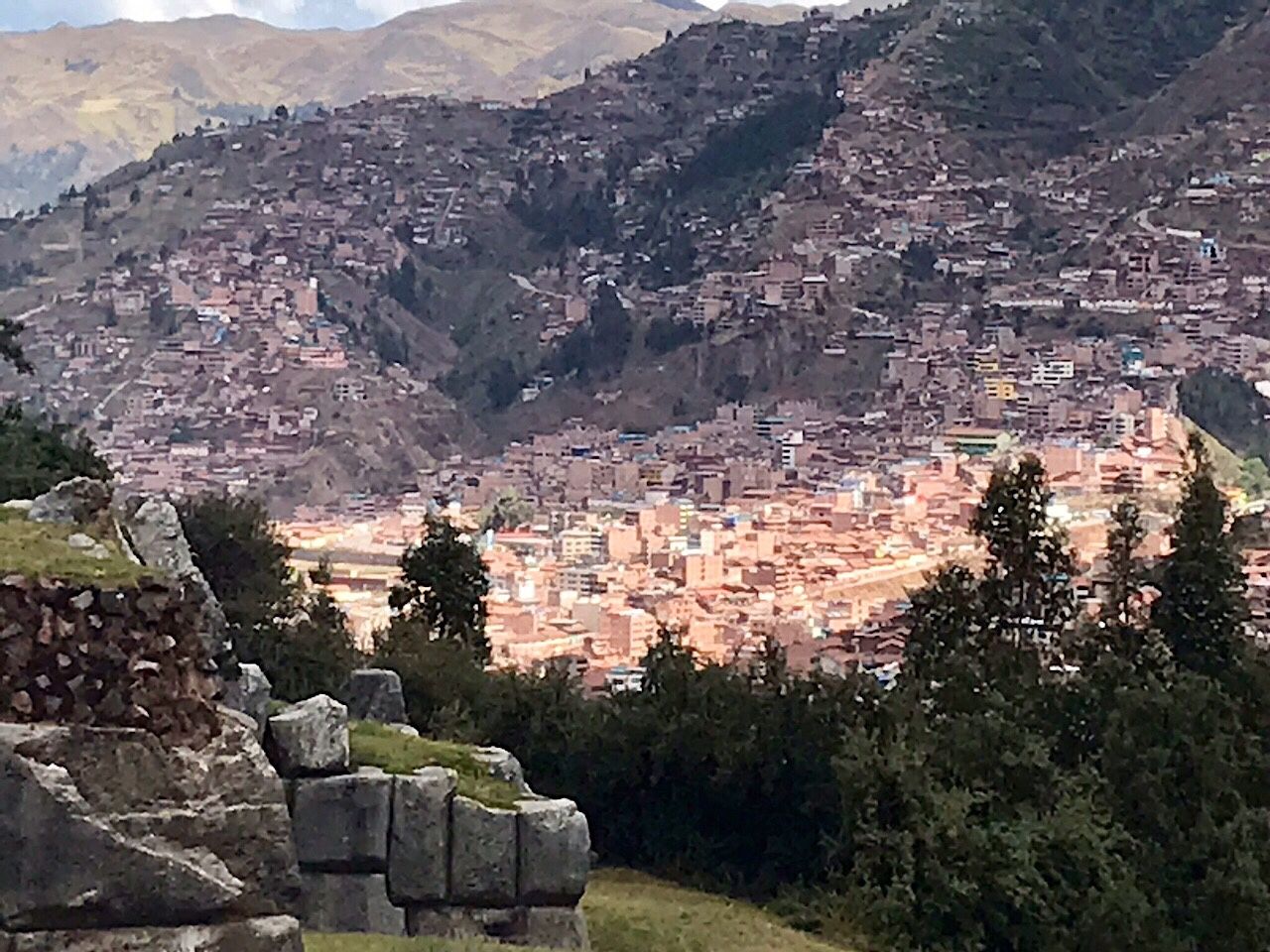
We stopped for lunch at a restaurant in a quaint hacienda nearby where among other things we were able to sample local drinks (non-alcoholic), such as the very popular coca tea and juices made from prickly pear and pepper corn (a deep purple corn). The last supposedly helps with high blood pressure.

After lunch, we briefly enjoyed watching the llamas outside of the hacienda, and then boarded our bus to travel through the Andes to the area known as the Sacred Valley of the Incas. This is an area a few thousand feet lower than Cuzco where Incan royalty had homes, and was also a center of agriculture for the area. Since the royalty were regarded as demi-gods, the area was considered sacred.
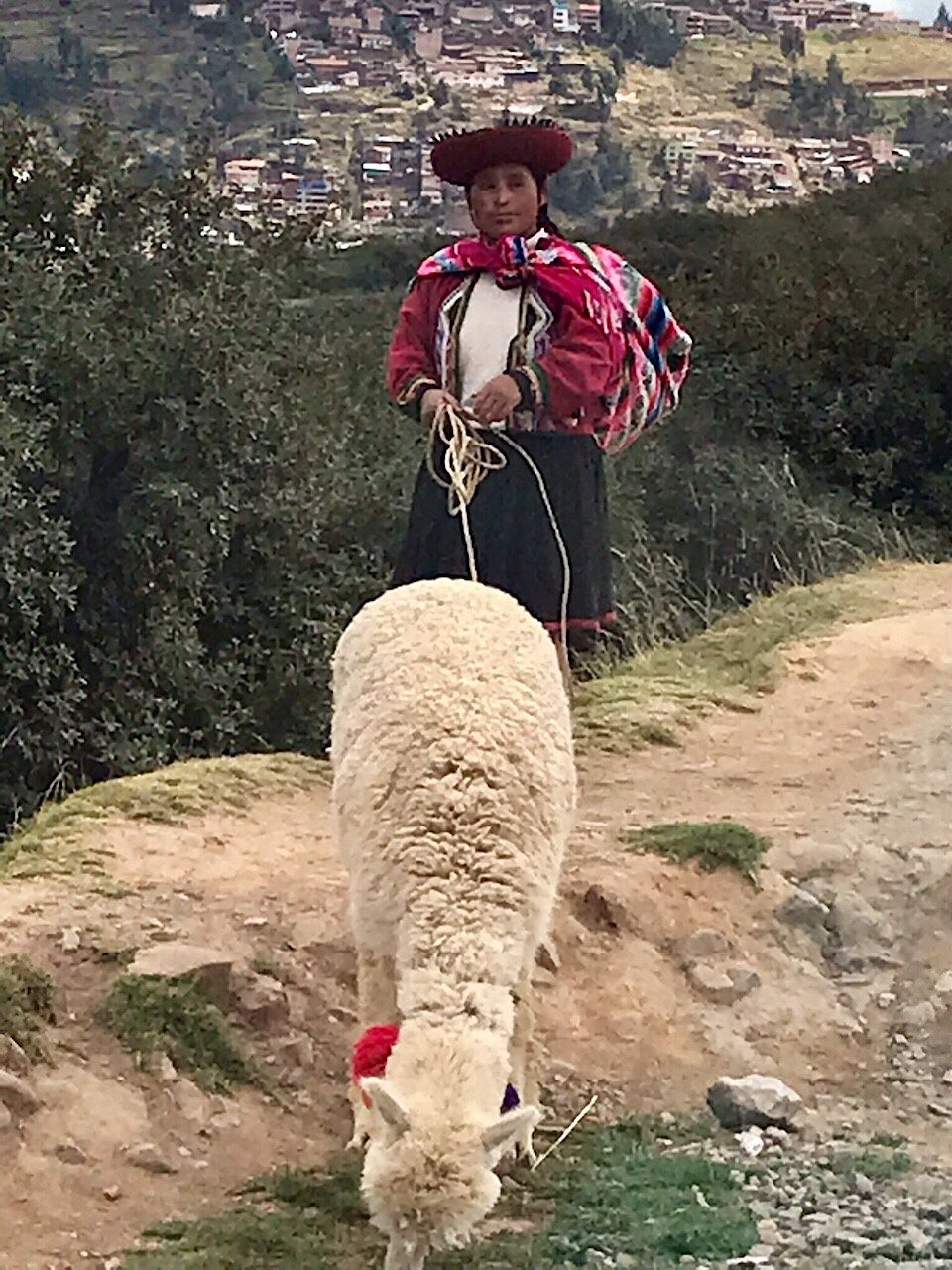
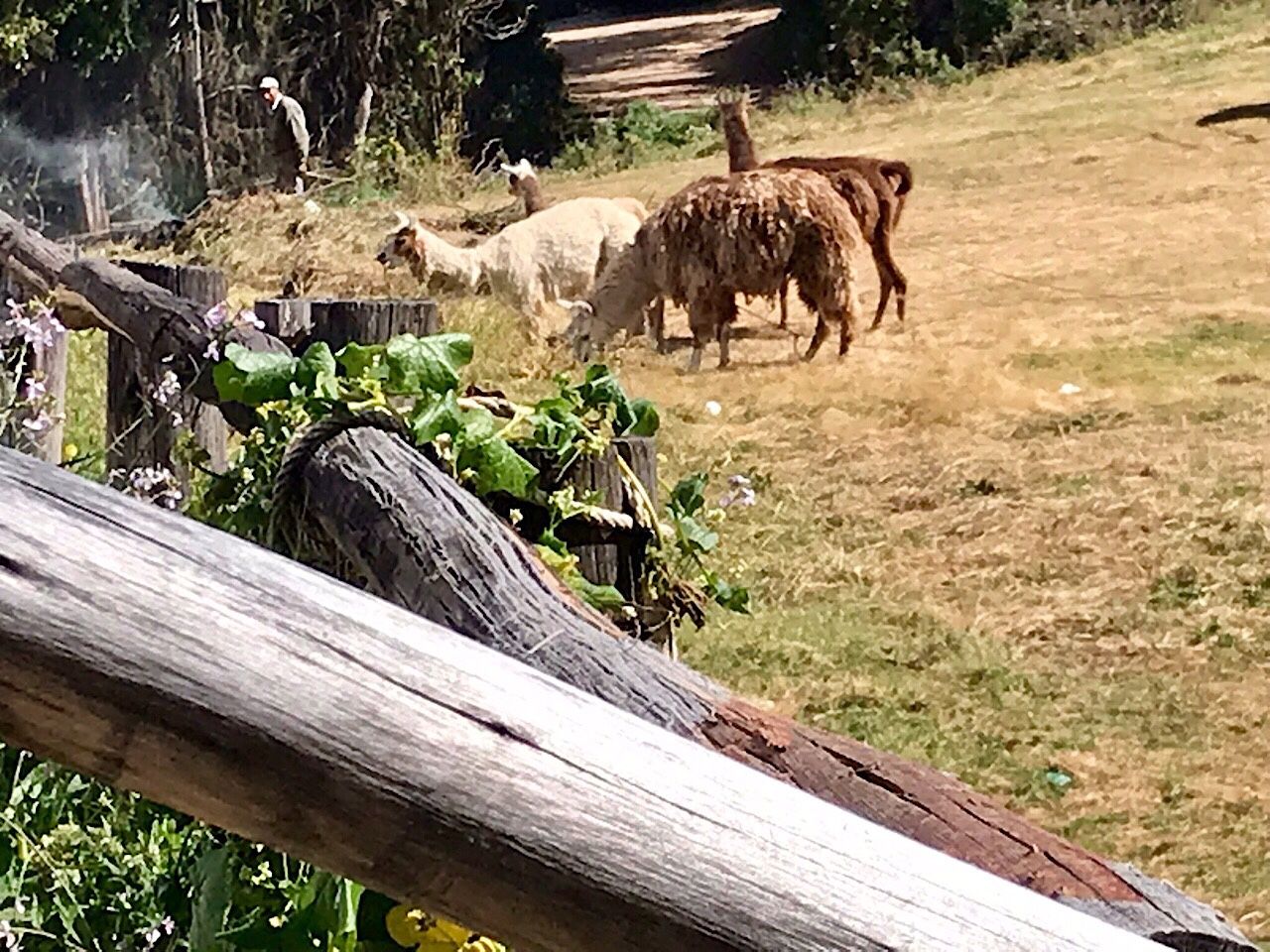


In this area the people primarily speak Quechua, and as we learned, it is extremely rich in tradition and culture. Our first stop was in the town of Pisac where we visited a large open air market where locals offered handicrafts such as paintings, jewelry, and clothing ("guaranteed" to be 100% Alpaca, of course). Bargaining is a way of life here, and Wendy had lots of fun.
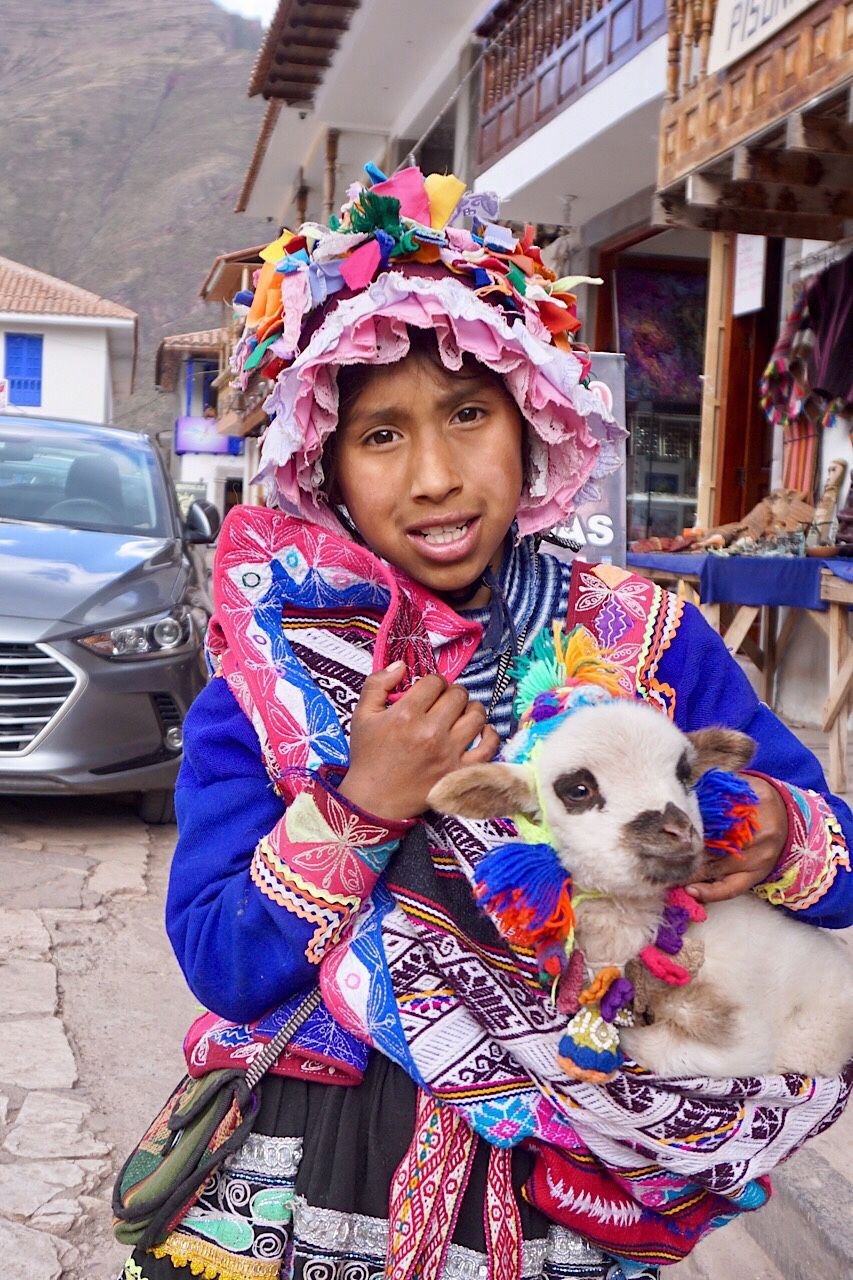

Next stop was to Huchuicuzco, a tiny local community of about 70 people. The indigenous people of this area tend to live communally - everyone helps with everything from raising children, farming the land, building their adobe houses and more. Reciprocity is the way of life. We heard a brief presentation from members of the community about their lifestyle and how much they enjoyed it. They showed us crops that they grow, cloth that they produce, and performed some music, as well. This was particularly interesting because surprisingly it was not a tourist come-on. After the military dictatorship fell in Peru in the 1970s, the redistributed land in the area to people who showed they could farm and develop it. With the rise and f tourism in the area, they do earn some extra money, but are also genuinely proud to share their culture.

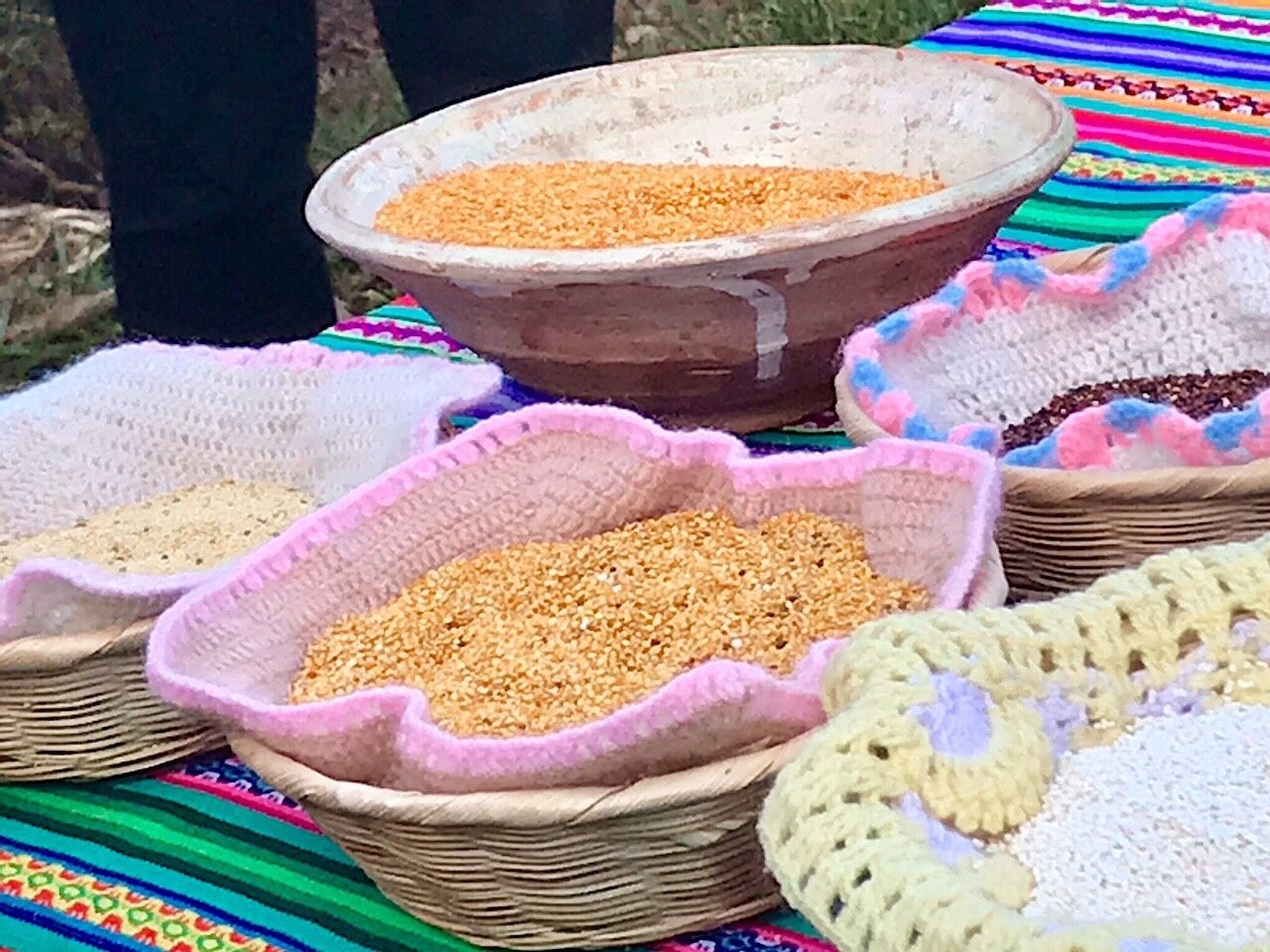
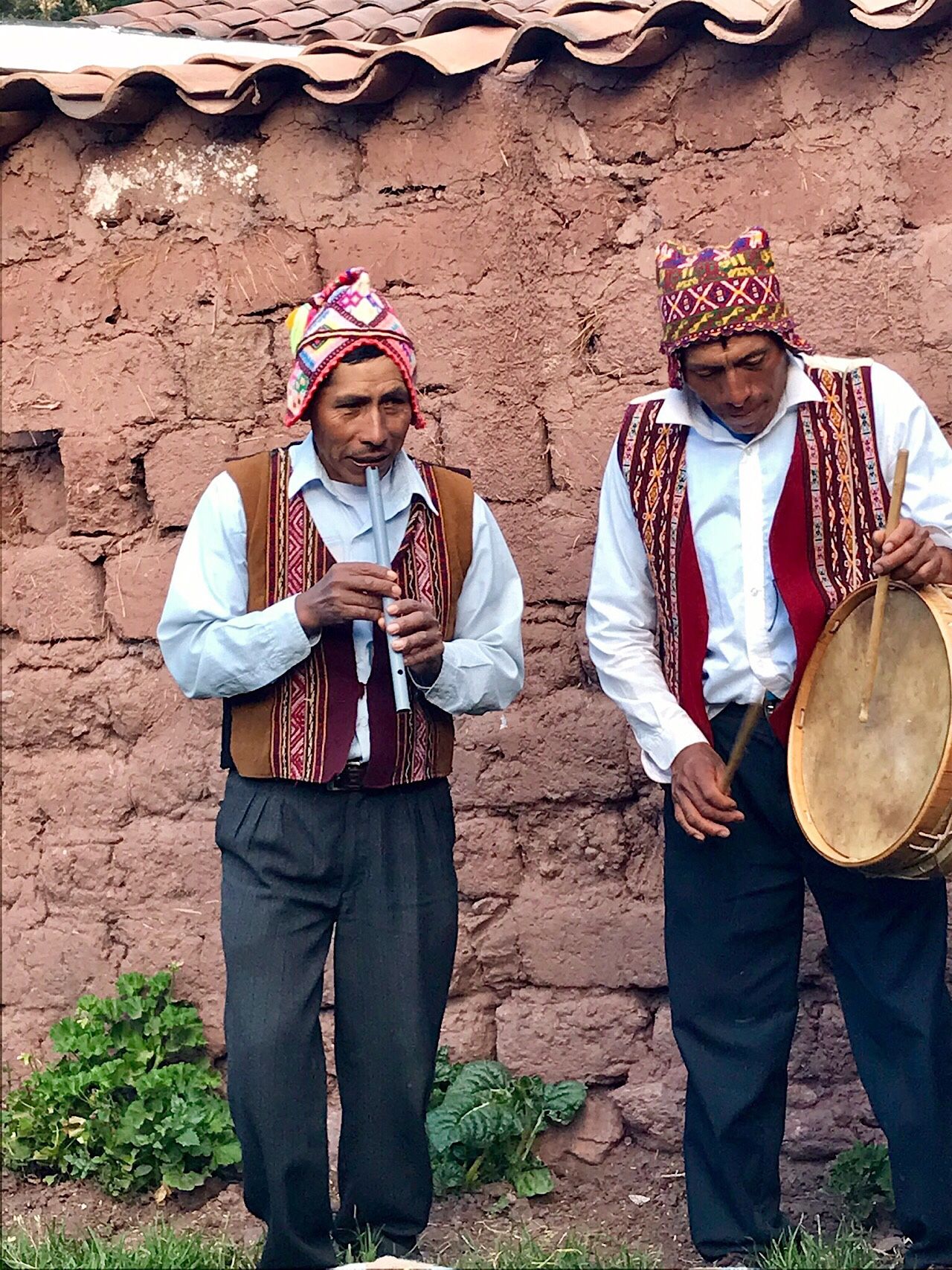
After this, we finally headed to our hotel, Aranwa Sacred Valley, a gorgeous resort set on the grounds of a colonial hacienda. From the long, bumpy dirt road, you would never expect to find a resort, but it is gorgeous—spread out over 400 acres with beautiful landscaping, and facilities. We had dinner and prepared for our next day exploring the sacred valley.
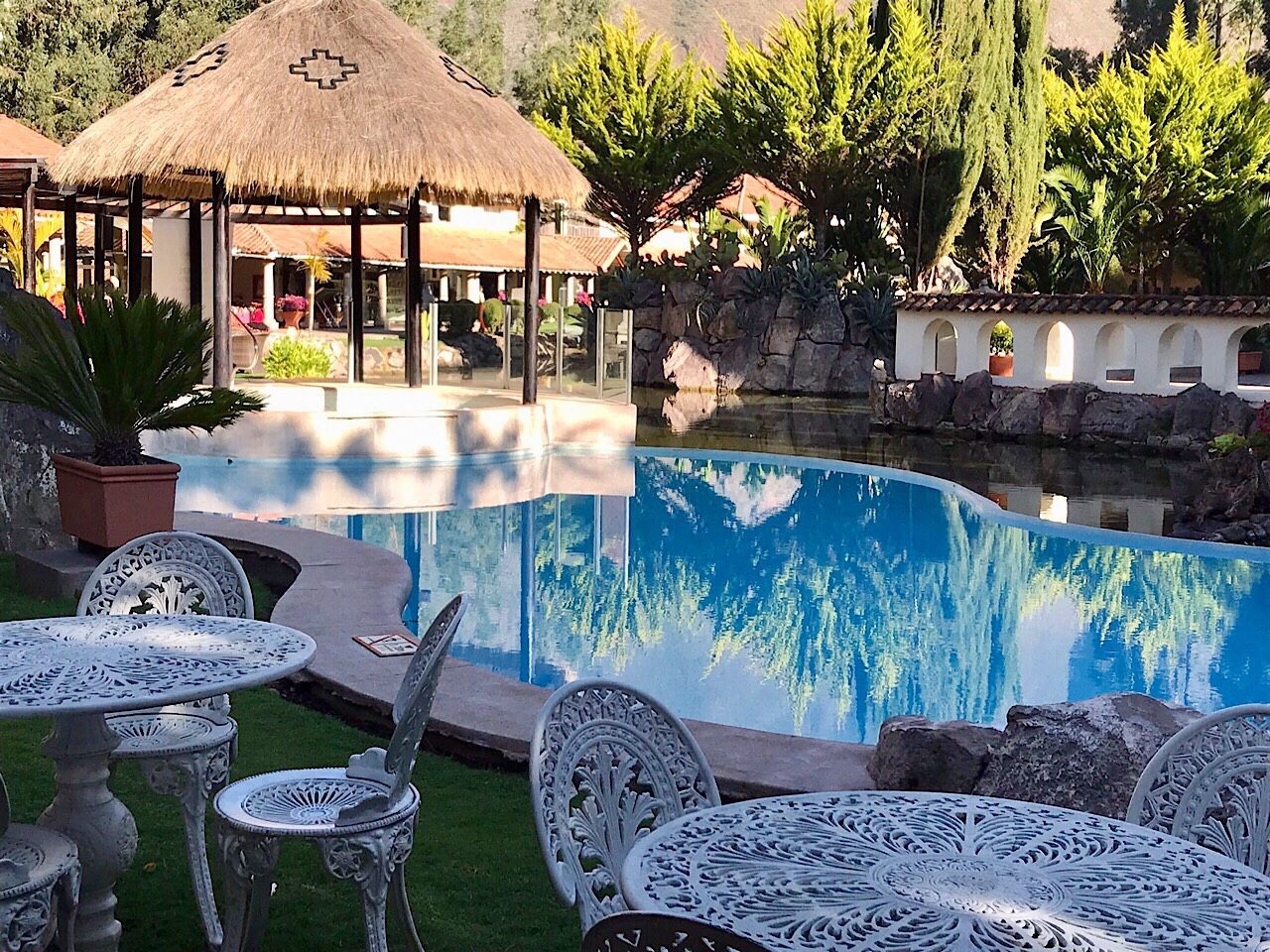

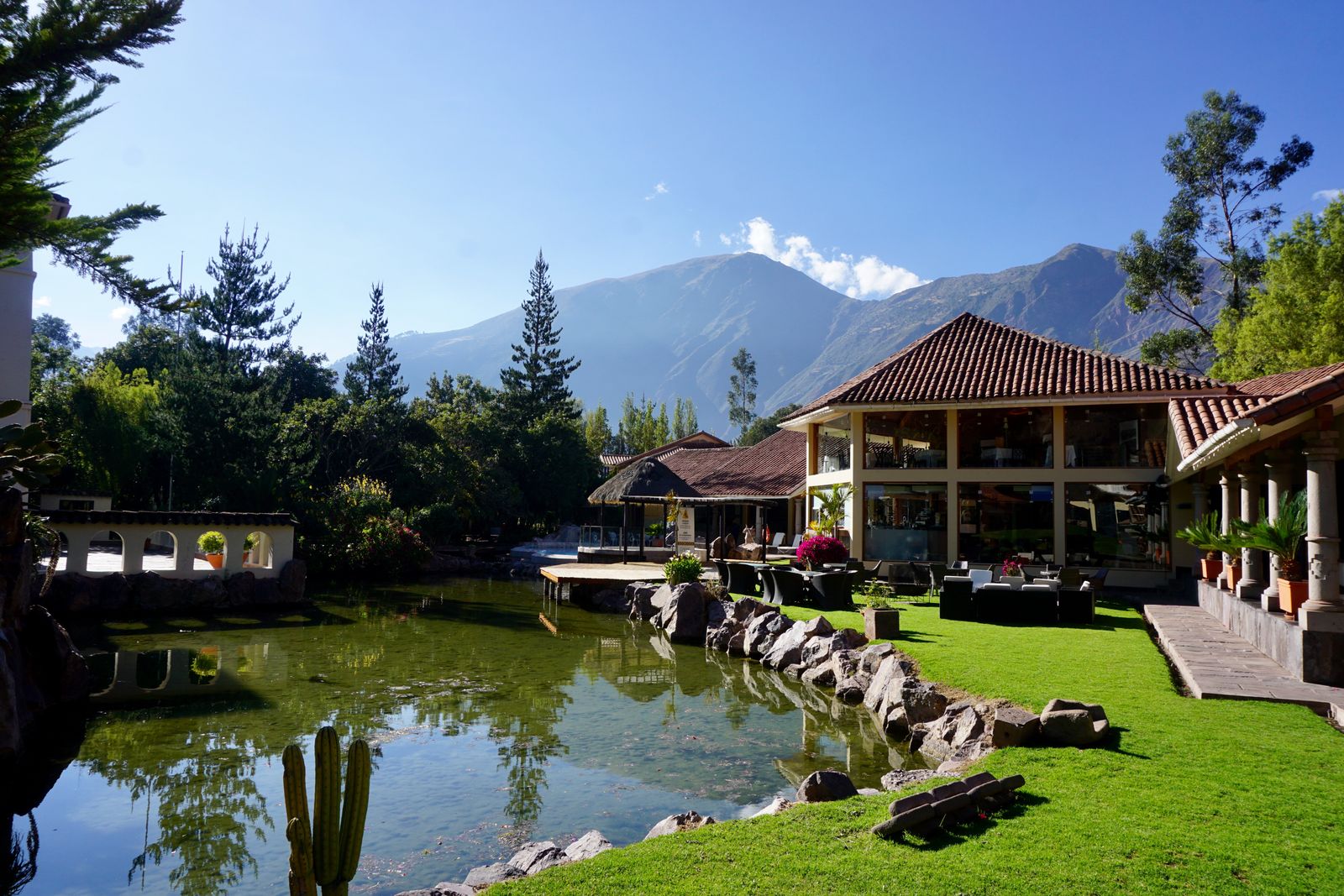

comments powered by Disqus